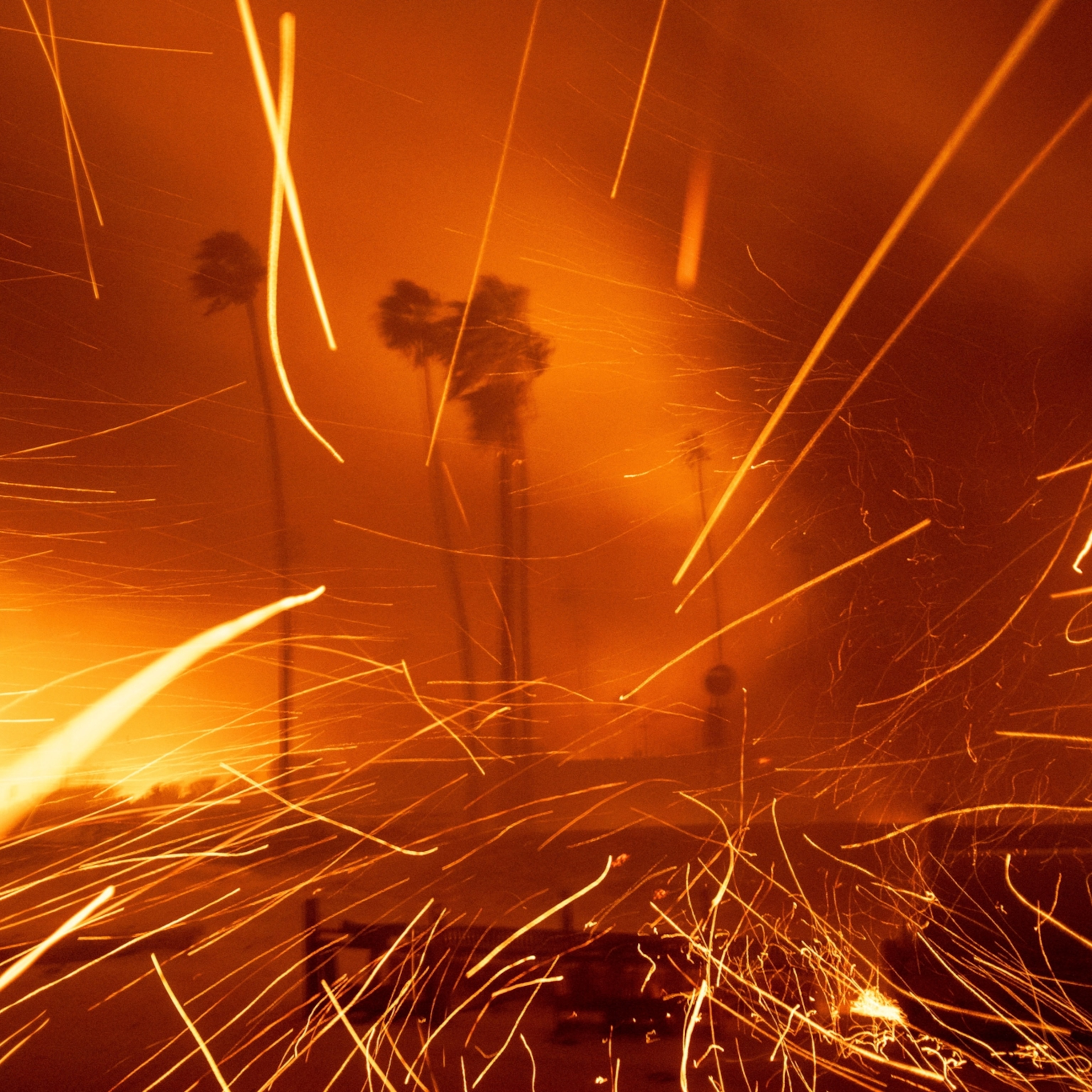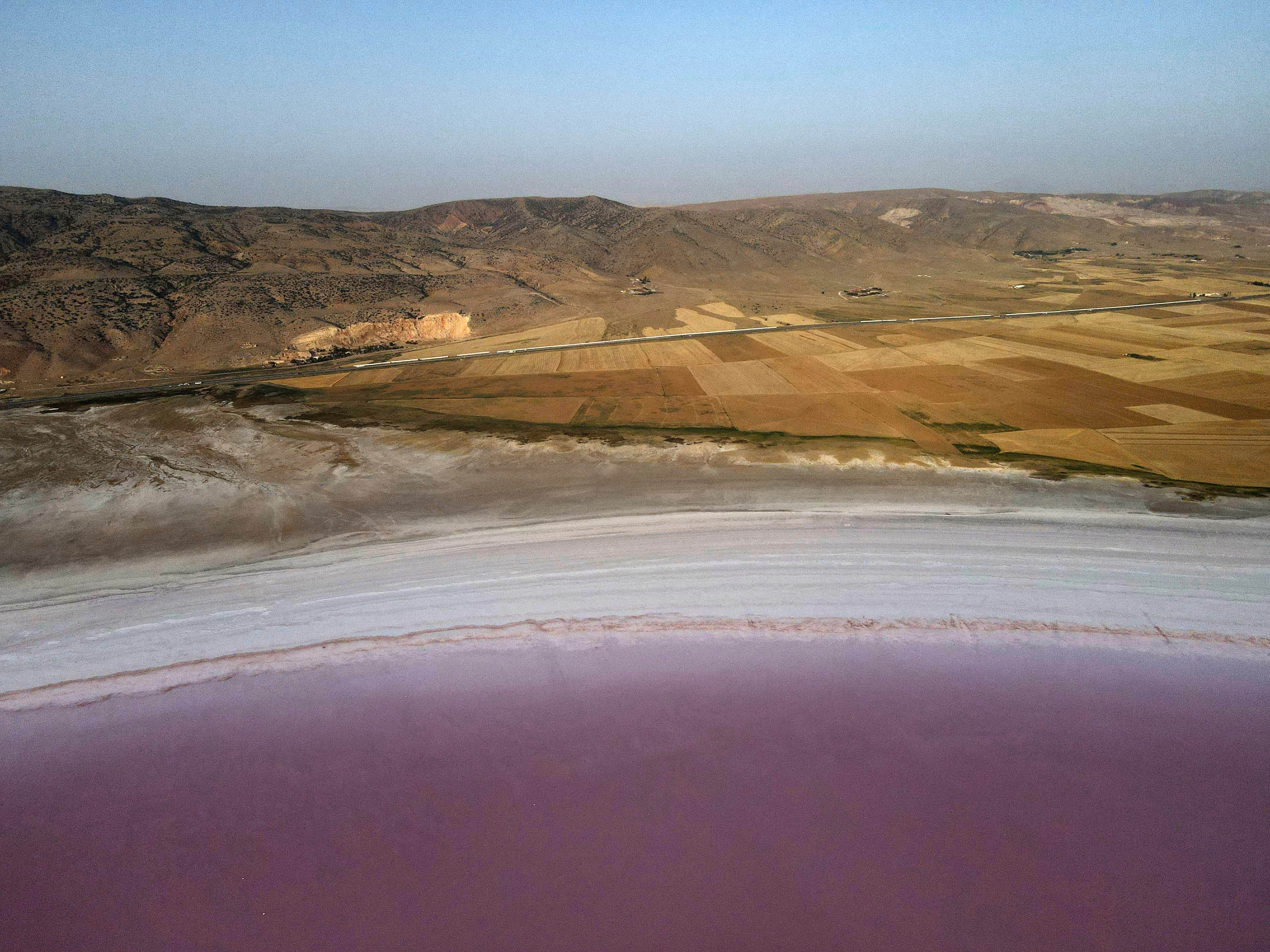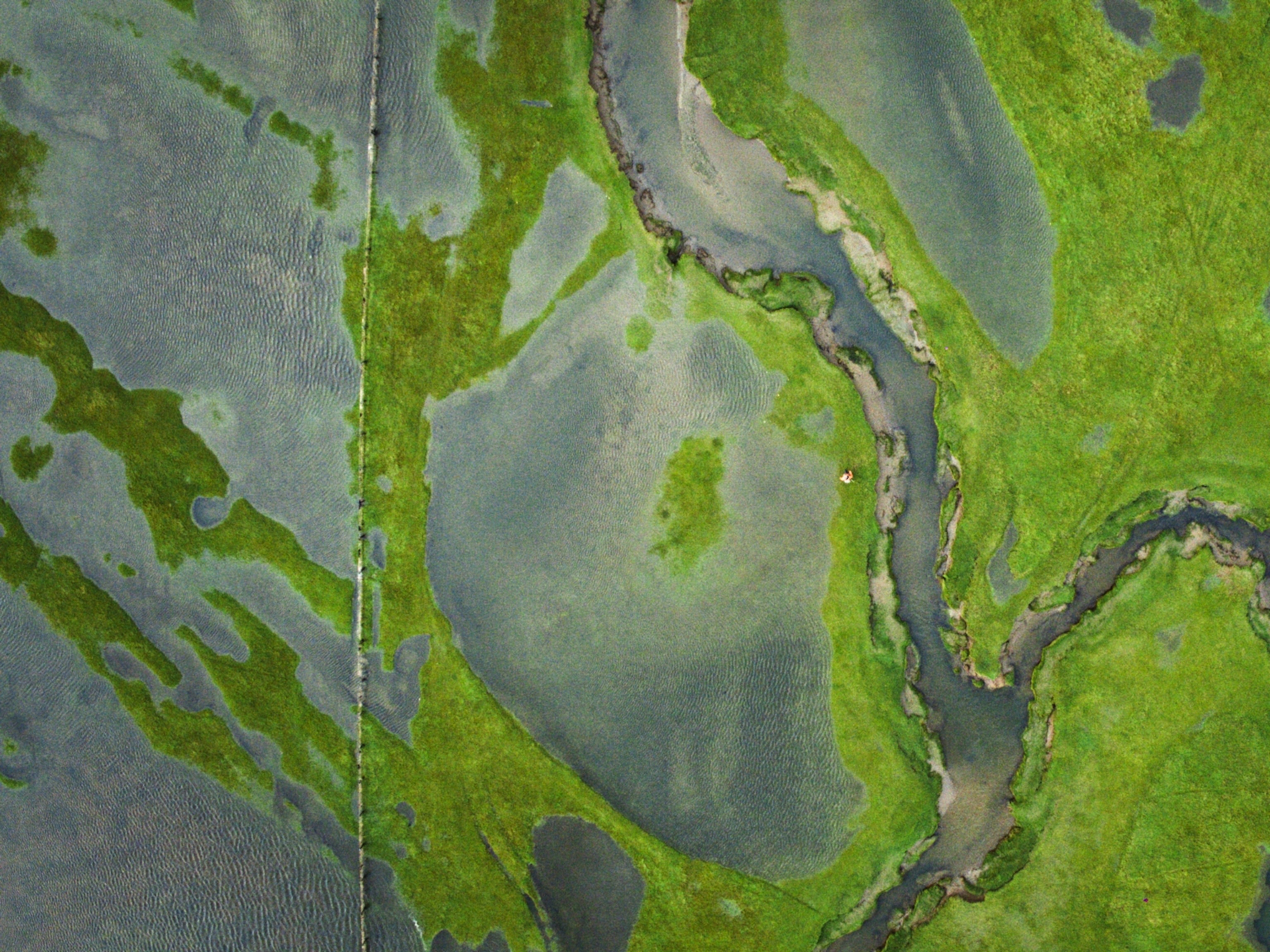Five thirsty foods―and how Australia can keep growing them
Australia’s 85,000 farms produce enough food to meet almost all the nation’s needs, but the country’s capacity to feed itself has a major limiting factor: Water.
Australia is the driest inhabited continent on Earth, and climate change is resulting in greater rainfall variability, bringing hotter and drier weather that could threaten Australia’s domestic water supply and future food security. Here are five homegrown foods that might struggle to make it to our supermarket shelves—and how we can keep on growing them.
Wheat: 155 gallons of water per pound (1,300 liters per kilogram)
There can be few sights more majestic than a field of golden wheat, and Australia has around 32 million acres (13 million hectares) of it. Wheat is one of Australia’s biggest crops, and it’s the key ingredient in bread, but with 198 gallons (900 liters) of water needed to produce an average loaf, when the rain dries up the price of this staple food will no doubt rise. Western Australia has dipped in and out of drought over recent years, and the 2020-21 wheat crop was down by 15 percent; in Eastern Australia, the wheat crop fell by 20 percent in 2019, forcing the country to import wheat for the first time in more than a decade. It’s a challenge to which Australia’s cereal farmers are rising, exploring better ways to use the water that they have. No-till farming in which the soil is left intact between harvests helps keep moisture in the soil, as does planting cover crops and rooting out thirsty weeds. Technology also helps, with soil moisture monitors and drip irrigation systems minimizing the amount of water wasted. In a similar way, at home we can all help to save water by taking shorter showers and even using a timer as a reminder when it’s time to turn the water off.

Beef: 1,800 gallons per pound (15,000 liters per kilogram)
Recent years have brought regular news stories showing starving cattle across the country. The problem is drought: it takes more than 15,000 litres of water to produce a kilogram of beef, and there has not been enough water to go around. The severe and prolonged droughts of the past 15 years have resulted in damaged food pastures and dried-up dams, and despite trucking in water at great expense, many farmers have seen their herds diminish or even disappear. The resulting shortages have driven up prime beef prices by as much as 30 percent. As herds are restocked, some ranchers are looking for better ways to farm: rotational grazing moves herds systematically through a series of paddocks so that when the last is exhausted, the first is ready to be grazed again, and spell grazing locks up pastures at critical times, such as the wet season, during the plant growth cycle. The goal is to not only hydrate the animals, but also the land they live on. At home, greywater recycling systems can take the water we use in appliances, such as washing machines and dishwashers, and reuse it for non-potable jobs such as flushing the toilet.
Wine: 40 gallons (150 liters) per glass
Australian wines have a worldwide reputation, and our vineyards produce more than a billion litres of wine every year. But the idyllic image of row upon row of elegantly gnarly vines weighed down with grapes is under threat from a climate that is getting hotter and drier. Water stress hinders vine growth, suppressing the development of the grapes. Since 2000, Australia’s grape harvest has begun two weeks earlier, and is compressed into a shorter period; grape yields have dropped. But the hot, dry weather of 2020 brought an additional unexpected problem: Smoke from wildfires tainted the taste of the grapes, forcing some winemakers to scrap entire vintages. The new climatic conditions are forcing wineries to plan carefully for the future: Many are planting low-growing cover crops between vines to help keep more moisture in the ground, and some are experimenting with more robust grape varieties that are better adapted to drought. In the same way at home, we can install appliances that are more water efficient―such as dual flush toilets, washing machines that have an eco-cycle, and faucet aerators that regulate air in the flow to deliver a strong pressure while using far less water.
Pineapples: 30 gallons per pound (250 litres per kilogram)
With their spiky stalks and prickly golden-green bodies, pineapples have been grown in Australia for nearly 200 years, becoming a firm household favourite—especially in summer. Each of these tropical fruits takes two to three years and as much as 242 gallons (1,100 liters) of water to grow. But with most farms relying on rainfall alone, the quality and yield of Australian pineapples is dependent on the weather; despite the fruit being naturally designed to capture and store water, it has suffered from water stress. Recently, drought depleted and delayed the normally regular supply of pineapples for six months, and the subsequent late harvest caused an unseasonal glut that led to nationwide calls for people to eat more fresh pineapple. One solution could be aerated drip irrigation, an efficient system that delivers precise amounts of oxygenated water to the plants, improving the soil and the quality of the pineapples themselves. Our own gardens can be adapted to blossom with less water by planting drought-resistant native plants that don’t need watering, using lawn sprinklers occasionally and only in the early morning, and harvesting rainwater for irrigation.

Rice: 407 gallons per pound (3,400 liters per kilogram)
Sunkissed wetlands with tightly packed clumps of green rice plants are a phenomenon of every inhabited continent, including Australia. Rice is one of the world’s most important crops, and half the rice eaten in Australia is grown in Australia. But after 2017, low rainfall saw rice production drop 90 percent so that by spring 2021, there was almost no domestically grown rice on supermarket shelves. Most rice varieties grow in standing water―it’s a consciously thirsty crop. But rice growers are meeting the challenge by actively improving their water efficiency: Australian rice uses less water than any other country—half the global average. One way this is achieved is by growing varieties that require less water and are well suited to the climate. Technology also helps, with GPS and laser levelling of the land giving farmers precise control over the flow of water around a paddock—water that can be reused after the rice harvest to support another grain crop. Technology is also key at home: a dishwasher saves around 44 gallons (200 liters) of water per load compared to handwashing in a sink—that’s a total saving of around 440 million gallons (20 billion liters) of water across Australia every year.
Drought has become an enduring feature of Australia’s landscape and a challenge that affects us all; to secure our food supply, farmers are actively employing methods that will reduce the amount of water they use—and we can do the same at home. From simply turning off the tap when brushing our teeth to wiping our vegetables clean instead of rinsing them under a flowing faucet, there are many simple actions we can all take to save water. And sometimes doing less can save even more water—such as not pre-rinsing dirty dishes before loading them into the dishwasher, waiting until the dishwasher is full before switching it on, and using the water-saving eco setting. As we look to an even drier future, we’ve got to make every drop count.







